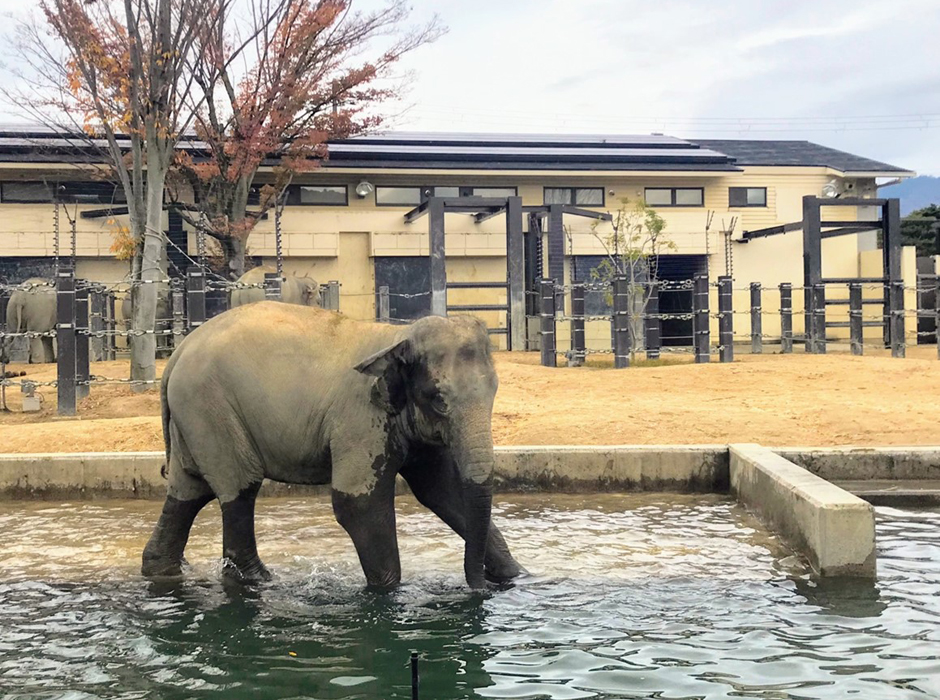2023-12-26 シンガポール国立大学(NUS)
◆ヒトノロウイルスは全世界で急性胃腸炎の主因であり、従来の培養方法の不足が研究を妨げていました。この新しいゼブラフィッシュの胚モデルは効率的で頑丈であり、ウイルスの複製が可能です。これにより、ヒトノロウイルスの挙動や複製メカニズムの深層研究が可能となり、水処理や食品産業におけるウイルス拡散の防止策の向上に寄与することが期待されています。
<関連情報>
- https://news.nus.edu.sg/cultivating-human-norovirus-using-zebrafish-embryo/
- https://journals.asm.org/doi/10.1128/aem.00115-23
ゼブラフィッシュ胚を用いてヒトノロウイルスを再現し、UV処理後のヒトノロウイルスの感染力減衰を評価する Use of Zebrafish Embryos To Reproduce Human Norovirus and To Evaluate Human Norovirus Infectivity Decay after UV Treatment
Malcolm Turk Hsern Tan, Zhiyuan Gong, Dan Li
Applied and Environmental Microbiology Published:21 March 2023
DOI:https://doi.org/10.1128/aem.00115-23

ABSTRACT
This study reports an essential improvement of the method for replication of human norovirus (HNoV) with the use of zebrafish (Danio rerio) embryos. With three HNoV genotypes and P-types GII.2[P16], GII.4[P16], and GII.17[P31], we demonstrated that this tool had higher efficiency and robustness than the zebrafish larvae as reported previously. When zebrafish larvae were injected with virus (1.6 ± 0.3 log genome copies/10 larvae), a significant increase of virus genome copies was detected at 2 days postinfection (dpi; 4.4 ± 0.8 log genome copies/10 larvae, P < 0.05) and the viral loads started to decrease gradually from 3 dpi. In comparison, when the viruses were injected into the zebrafish embryos, significant virus replication was noticed from 1 dpi and lasted to 6 dpi (P < 0.05). The virus levels detected at 3 dpi had the highest mean value and the smallest variation (7.7 ± 0.2 log genome copies/10 larvae). The high levels of virus replication enabled continuous passaging for all three strains up to four passages. The zebrafish embryo-generated HNoVs showed clear patterns of binding to human histo-blood group antigens (HBGAs) in human saliva by a simple saliva-binding reverse transcription-quantitative PCR (RT-qPCR). Last, in a disinfection study, it was shown that a dose of 6 mJ/cm2 UV254 was able induce a >2-log reduction in HNoV infectivity for all three HNoV strains tested, suggesting that HNoVs were more UV susceptible than multiple enteric viruses and commonly used HNoV surrogates as tested before.
IMPORTANCE HNoVs are a leading cause of gastroenteritis outbreaks worldwide. The zebrafish embryo tool as developed in this study serves as an efficient way to generate viruses with high titers and clean background and a straightforward platform to evaluate HNoV inactivation efficacies. It is expected that this tool will not only benefit epidemiological research on HNoV but also be used to generate HNoV inactivation parameters which are highly needed by the water treatment and food industries.


